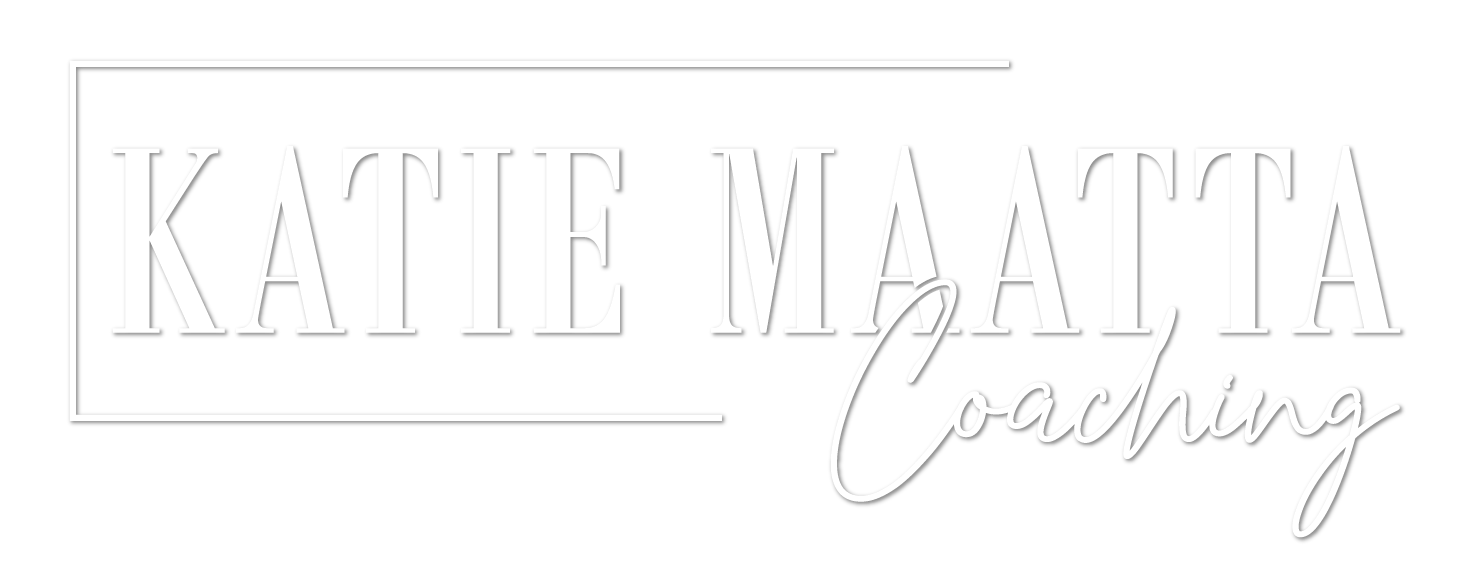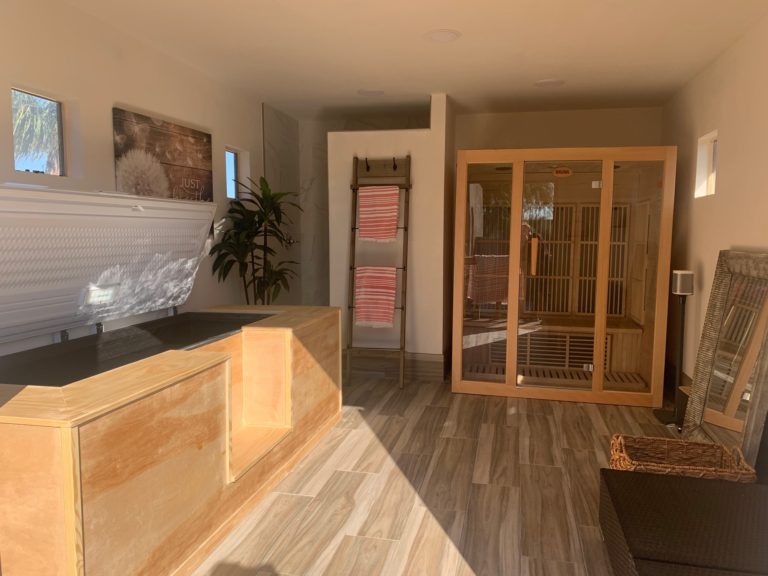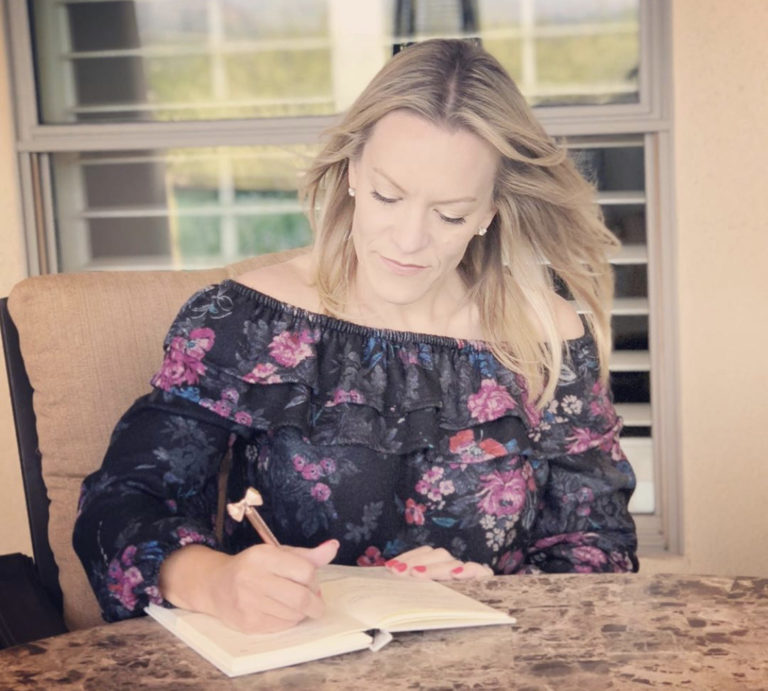I can say without a doubt that Will Johnson’s book The Posture of Meditation completely changed my meditation practice. Prior to reading this book, I would sit in meditation and often find pain forming somewhere down my spine. If I was facing a hour-long meditation class, I would simply give up and lie down, knowing that I wouldn’t be able to endure the pain for an hour. Not even halfway through the book, I have changed my posture and been able to sit for longer and longer times, pain-free. I realize now what Johnson was talking about.
The books started with an analysis of the word posture. It means so much more than how we sit, but how we present ourselves as well. If we do not present ourselves authentically, or if we are doing something unnatural, we can be known as imposters. This resonated with me, as it relates so well with our physical bodies. If we are not in a natural alignment, we are not presenting ourselves properly. There must be a “willingness to accept ourselves as we are” as Johnson says. He goes on to speak about the three main components to obtain proper meditative posture; alignment, relaxation, and resilience.
Alignment is a topic that I have been aware of for quite some time as a former Pilates instructor. To be able to hold your body easily and efficiently is the key. You allow gravity’s pull on your body, yet it also helps keep you up! If your alignment is off, you are constantly fighting gravity and tensing muscle that should naturally be relaxed. Like the tallest skyscrapers or a tower of blocks, the spine must be vertically aligned to allow gravity to do its work. In order to do this easily and effortlessly in the sitting posture of meditation, Johnson explains that the knees must be lower than the hips, allowing the top of the pelvis to tilt forward. This forward tilt brings the spine into its natural curved alignment up to the neck. Then the head rests easy on top of that. If the pelvis tilts the other way, the spine follows and we end up with a slouched posture. This was more than likely creating my back pain prior to reading this book. As Johnson says, when we are holding ourselves out of alignment, we get used to this and begin to overuse these muscles. This leads to fatigue and pain and just a general sense of being unwell. We come to recognize that tension as a normal part of our body. He further claims that we can have an overwhelming healing come to our minds and bodies, simply by organizing the gravitational pull with our alignment.
Relaxation is the next component to the meditation posture. When the body is tensed up, it is fighting against gravity instead of working with it. Maintaining this tension is actually akin to blocking new awareness and experiences. By utilizing relaxation in our meditation practice, we are both using the gravitational pull and also the stability that it provides. Over and over again, Johnson speaks of this process. When your body aligns and relaxes, you can be much more aware of any sensations experienced in the body and mind. If you are then feeling the sensations, you are no longer in the thoughts in your mind because you cannot do two things at once. I am very aware how relaxed I can feel in a meditation. It gets to the point where I am so relaxed, I can no longer tell where my hand is in space, nor can I feel my hands touching each other. Yet I remain upright and centered. This is the posture that allows me to sit longer and longer in my practice. I like the simple suggestion if things get off in your mind from Johnson: “drop your shoulders, drop your belly, drop your mind, open your heart.”
Resilience is the third and final component to proper meditation. We must remember, though we sit still in a cross-legged position, there is constant motion going on in and around us. Resilience allows us to deal with the dichotomy of the constant reaction to movement and the rigid stance of sitting still. Resilience is in the gentle sway of the trees or even the highest skyscraper in wind. I can feel resilience in my practice. It’s gentle and unassuming. It’s in the breath or the slight sway I might have in my own body after sitting for awhile. It’s in the ability to recover from again and again from the slight motion of the body’s natural tendencies.
Allowing these three things to work together, we are then more open to receiving the gifts that meditation can bring. The awareness, the experiences, the sensations, the expansion. Johnson tells us that we can learn a lot about ourselves during these moments. Not all sensations may be pleasant and it’s good to be aware of that. Keeping them dynamic, like the body, and life itself, is very important.
Once we find new experiences in our practice through the use of alignment, relaxation and resilience, we grow! We ourselves change in our minds and bodies. You do not get up from a mediation the same person that you sat down. I love this and think of it often. We are constantly evolving. We do not even leave a room the same person as when we entered. We have interactions and thoughts and changes at all times. Dissolution is a brilliant way to deal with this in order to go to the next level, and then the next. The way to get through it simply by accepting who we are and allowing who we are to come forth. I had a transformational time in my life while I was reading this book. I was not getting my story out, I was not being truthful to myself. Once I was able to do that and then vocalize what I needed to, I sank further down. I thought when we opened up, everything would feel better…but it didn’t. Not until I let it dissolve did anything really change. We have to be nicer to ourselves as a humanity. Working and trusting the universe is also something we have that is often forgotten or underutilized. I love that this book has a process; align, relax, be resilient. Let us all trust and believe that what we need will come to us at the right time.







